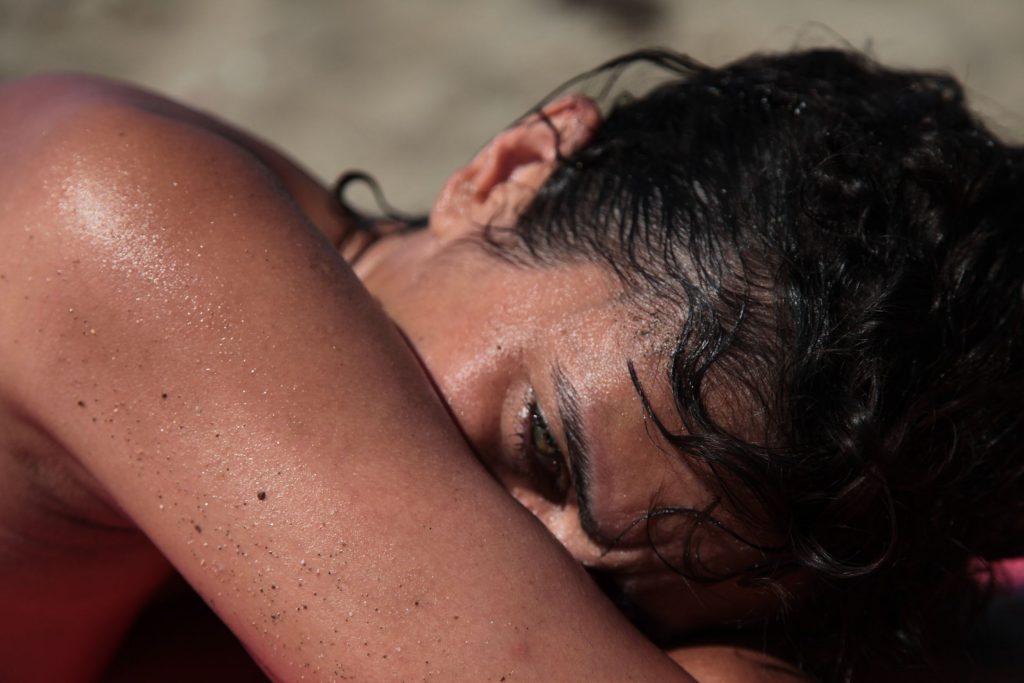
It is a common myth that suicide rates are at their highest in the depths of winter and particularly during the holidays, but the fact is that suicides spike in late spring with the highest numbers in May and June. This is not new knowledge, doctors noticed and studied the trend as far back as the 1800’s. Excessive sunlight and its effects on mood-regulating hormones, and inflammation appear to play a role in the seasonal spike in suicides.
Inflammation
Studies have found a link between inflammation and suicide. One study, published in 2015 analyzed 10 years of data and found that suicidal patients often had increased levels of pro-inflammatory cytokines and inflammatory metabolites.
There are several factors that can contribute to inflammation in spring, including:
- Higher pollen counts causing allergies
- The cumulative effect of fighting off winter illnesses
- Vitamin D deficiency due to less sun exposure during the winter months
Increased Sunshine
What we know for sure is that suicide rates are the highest when the days are longest. Suicide rates increase dramatically in May and June in the northern hemisphere and in November in the southern hemisphere. Sunlight affects mood-regulating hormones including serotonin and melatonin. Among the possible effects leading to suicide are increased serotonin causing increased aggression and decreased melatonin causing insomnia.
A study published in JAMA Psychology found that, “sunshine on the day of suicide and up to 10 days prior to suicide may facilitate suicide.”
Sun lovers may find it counter-intuitive that spring and summer bring on suicidal thoughts and behaviors in so many, but recognizing this reality is an important step in meeting the mental health needs of our friends and loved ones.















